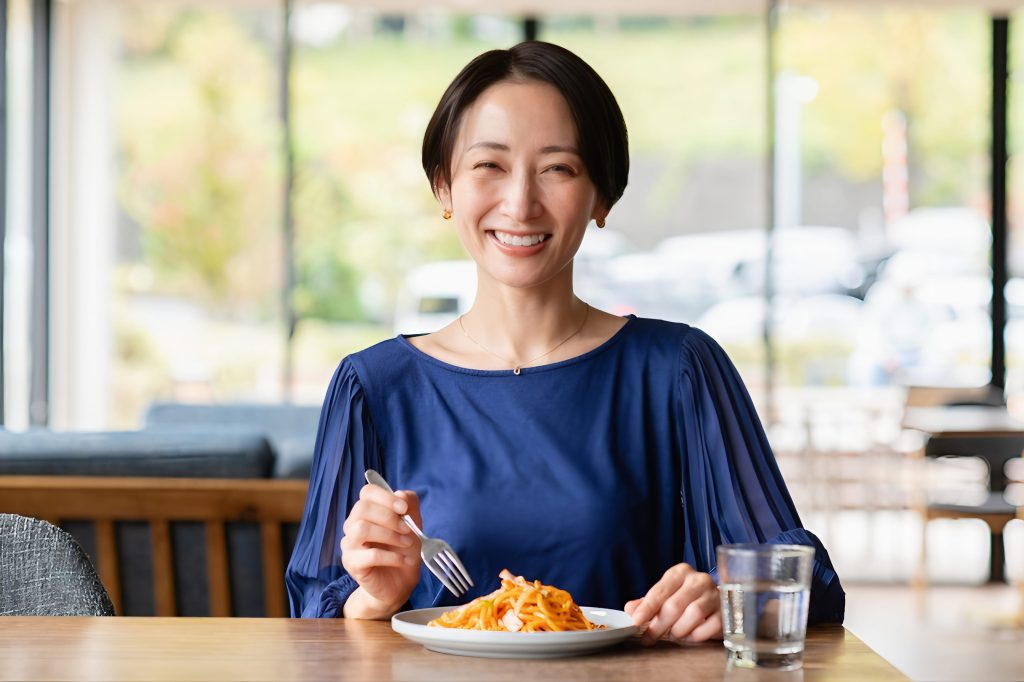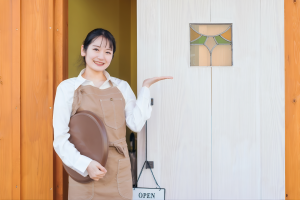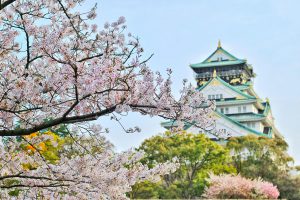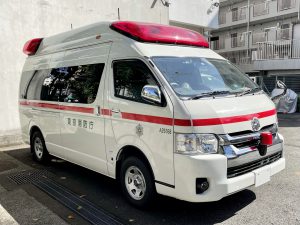Dining out is one of the best ways to experience Japanese culture. From ramen shops and sushi counters to elegant kaiseki meals, Japan’s food scene is as diverse as it is delicious. But if you can’t read the menu or speak the language, ordering food can feel intimidating.
Don’t worry! With a few simple and polite Japanese phrases, you can order confidently, enjoy your meals fully, and impress the locals with your effort.
In this guide, you’ll learn essential Japanese phrases for ordering food, asking for recommendations, handling special requests, and paying the bill. Let’s make every meal in Japan a great experience!
Basic Phrases for Entering a Restaurant
1. いらっしゃいませ (Irasshaimase) – “Welcome!”
When you enter a restaurant, you’ll almost always be greeted with a cheerful “Irasshaimase!” from the staff.
Tip:
- You don’t need to reply.
- A smile and a slight nod are perfect.
2. 一人です (Hitori desu) / 二人です (Futari desu) – “One person” / “Two people”
Tell the staff how many people are in your party.
Example:
- “Hitori desu.” (One person.)
- “Futari desu.” (Two people.)
For larger groups:
- “San-nin desu.” (Three people.)
- “Yon-nin desu.” (Four people.)
Tip: Use your fingers to show the number if you’re unsure.
Asking for a Table
3. テーブル席お願いします (Teeburu seki onegai shimasu) – “Table seat, please.”
If you prefer a table (instead of counter seating):
Example:
- “Teeburu seki onegai shimasu.”
4. カウンター席でもいいですか? (Kauntaa seki demo ii desu ka?) – “Is a counter seat okay?”
Staff might ask this if only counter seats are available.
Example reply:
- “Hai, daijoubu desu.” (Yes, it’s fine.)
- “Sumimasen, teeburu ga ii desu.” (Sorry, I prefer a table.)
Ordering Food
5. これをください (Kore o kudasai) – “This, please.”
If the menu has pictures, just point and say:
Example:
- [Point at dish] “Kore o kudasai.”
6. [Dish Name] をください ([Dish Name] o kudasai) – “[Dish Name], please.”
If you can say the name of the dish:
Example:
- “Tempura udon o kudasai.” (Tempura udon, please.)
Tip: Menus often use katakana (Japanese alphabet for foreign words) or have English names.
7. おすすめは何ですか? (Osusume wa nan desu ka?) – “What do you recommend?”
Breakdown:
- Osusume = recommendation
- Nan desu ka = what is it?
Example:
- “Osusume wa nan desu ka?”
Tip: This often leads to delicious local specialties!
Handling Special Requests
8. 辛くしないでください (Karakushinaide kudasai) – “Please make it not spicy.”
Example:
- “Karakushinaide kudasai.” (Please make it mild.)
9. アレルギーがあります (Arerugii ga arimasu) – “I have an allergy.”
Example:
- “Ebi arerugii ga arimasu.” (I have a shrimp allergy.)
Tip: Carry a card listing your allergies in Japanese for clarity.
10. ベジタリアンです (Bejitarian desu) – “I am a vegetarian.”
Tip: Vegetarian options are growing, but still limited in some areas. Always confirm details!
11. 肉なしでお願いします (Niku nashi de onegai shimasu) – “Without meat, please.”
Example:
- “Karee niku nashi de onegai shimasu.” (Curry without meat, please.)
Asking About the Food
12. これは何ですか? (Kore wa nan desu ka?) – “What is this?”
Example:
- [Point at menu item] “Kore wa nan desu ka?”
13. 辛いですか? (Karai desu ka?) – “Is it spicy?”
Example:
- “Karai desu ka?” (Is it spicy?)
14. どれが一番人気ですか? (Dore ga ichiban ninki desu ka?) – “Which one is the most popular?”
Example:
- “Dore ga ichiban ninki desu ka?”
Tip: This question is great when you can’t decide!
Ordering Drinks
15. お水をください (Omizu o kudasai) – “Water, please.”
In Japan, water is usually free in restaurants.
Example:
- “Omizu o kudasai.”
16. ビールをください (Biiru o kudasai) – “Beer, please.”
Example:
- “Nama biiru o kudasai.” (Draft beer, please.)
Tip: Alcoholic drinks often come quickly after ordering!
During the Meal
17. すみません (Sumimasen) – “Excuse me.”
Say “sumimasen” to call the server over.
Tip: Say it politely and raise your hand slightly.
18. おいしいです! (Oishii desu!) – “It’s delicious!”
Tip: Complimenting the food is always appreciated.
Example:
- “Oishii desu! Arigatou gozaimasu!”
Asking for the Check
19. お会計お願いします (Okaikei onegai shimasu) – “The check, please.”
Example:
- “Okaikei onegai shimasu.”
20. 別々でお願いします (Betsubetsu de onegai shimasu) – “Separate checks, please.”
Tip: Some restaurants prefer one person to pay, but it’s okay to ask.
21. クレジットカード使えますか? (Kurejitto kaado tsukaemasu ka?) – “Can I use a credit card?”
Example:
- “Kurejitto kaado tsukaemasu ka?”
Tip: Some small restaurants are cash-only, especially outside major cities.
Extra Helpful Phrases
Example:
- “Eigo menyuu arimasu ka?”
Tip: Many restaurants offer “set menus” (setto) with great deals.
Quick Table: Essential Phrases
| Japanese | Pronunciation | English Meaning | Usage |
|---|---|---|---|
| これをください | Kore o kudasai | This, please | Ordering |
| おすすめは何ですか? | Osusume wa nan desu ka? | What do you recommend? | Choosing |
| お水をください | Omizu o kudasai | Water, please | Drinks |
| お会計お願いします | Okaikei onegai shimasu | The check, please | Paying |
| 英語メニューありますか? | Eigo menyuu arimasu ka? | English menu? | Menu help |
FAQ
Yes! Pointing and saying “kore o kudasai” is totally normal.
What if I have food allergies?
Say “[ingredient] arerugii ga arimasu.” and show a written note if possible.
Are tips expected?
No. Tipping is not part of Japanese culture.
Should I wait to be seated?
Yes. Wait at the entrance to be guided to a table.
Conclusion
Ordering food in Japan can seem daunting at first, but with these essential phrases, you’ll be able to enjoy amazing meals with confidence! From choosing the perfect dish to paying the check politely, a few words in Japanese go a long way.
Japanese people truly appreciate when travelers try to speak their language, even just a little. It’s a sign of respect and often leads to even better service and warmer interactions.
So get out there, order that delicious bowl of ramen, and say proudly: “Kore o kudasai!”
Itadakimasu! いただきます!
























